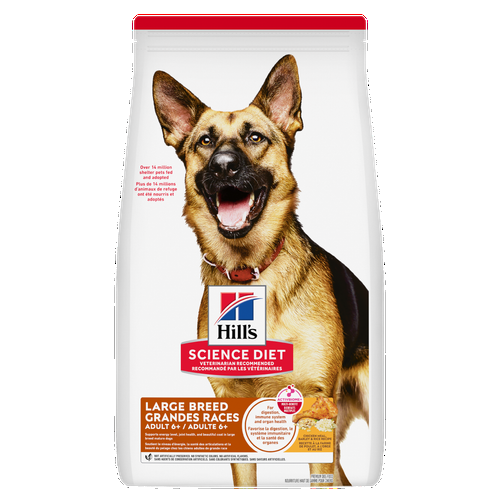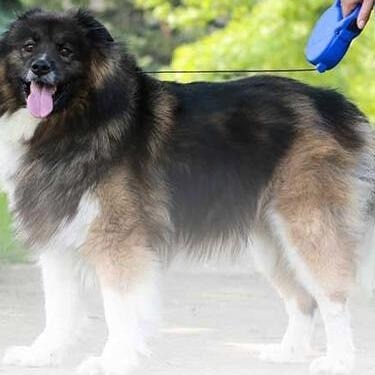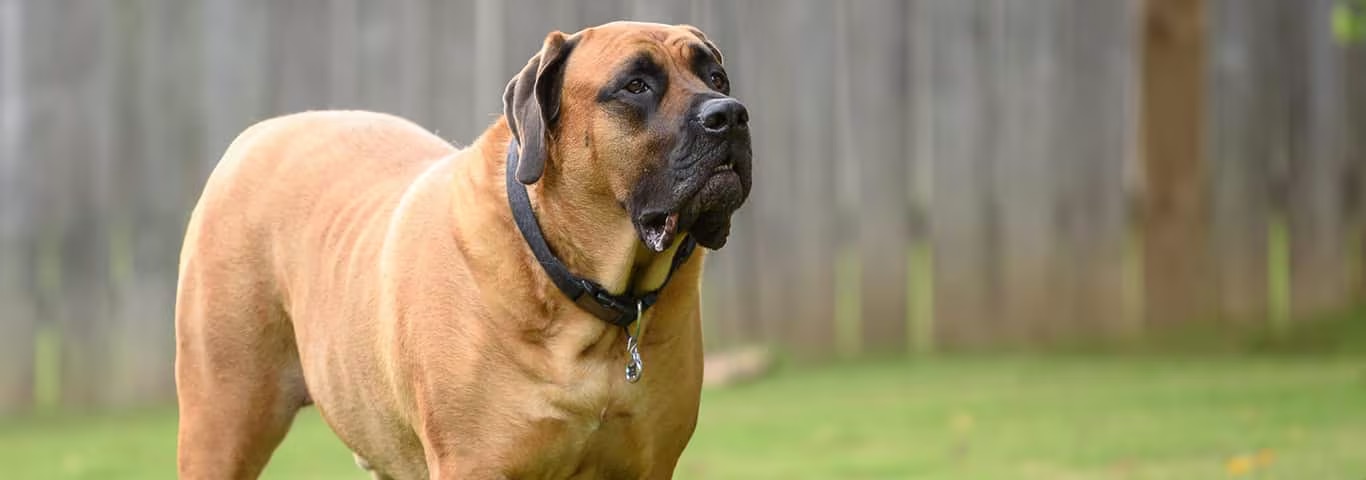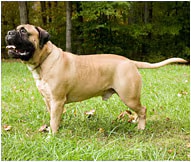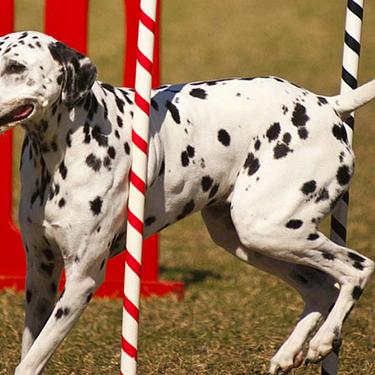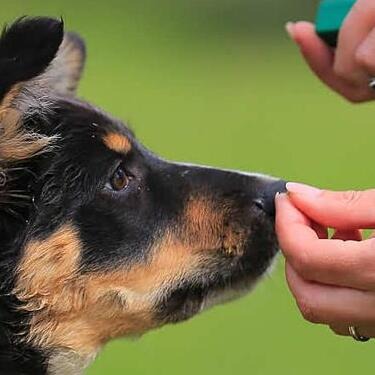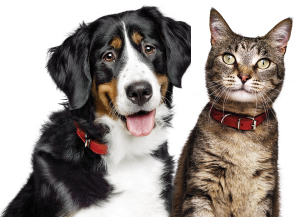Full grown, males start at 30 inches tall and can weigh as much as 200 pounds (90 kilograms). Females start from about 27 inches in height and weigh around 150 pounds (68 kilograms).
The mastiff is massive, powerful and muscular. The head is heavy and square with a short muzzle and drooping jowls and a black mask around the eyes and nose. The eyes are small and dark hazel or brown in color. The small ears are dark in color and flop downward. The tail is high on the rump, tapers to the tip and reaches to the dog's hocks.
The mastiff's straight, coarse coat is moderately short. Coat colors include fawn, apricot and brindle.
The mastiff is a dignified yet good-natured animal. He is loving and affectionate toward his family, and his calm demeanor makes him a good companion for older children. However, the breed is not recommended for toddlers because of its great size.
The mastiff's guard dog roots are likely to manifest themselves when visitors come to the home. The dog tends to be suspicious of strangers and protective of his family and perceived territory. Even so, the mastiff barks infrequently.
The mastiff can be a noble, loving family pet, but his zealous guardianship requires moderation through socialization and obedience training. It is crucial to expose a mastiff to as many new people, places and situations as possible, particularly when during puppy hood.
Couch potatoes may find a kindred spirit in the mastiff, but both the dog and his people will be fitter and happier if they get regular exercise.
Mastiff guardians should consider buying bibs for their dogs and earplugs for themselves when they buy dog supplies. The mastiff is a well-known drooler and tends to snore loudly.
Grooming is quick and easy. The short coat requires little more than a weekly brushing and a quick wipe with a towel or chamois cloth.
As is true with other large-breed dogs, mastiffs generally do not live as long as smaller dogs do. The average lifespan is 8 to 10 years.
The mastiff, also known as the old English mastiff, boasts an ancient heritage. The dogs were found in Britain at the time that the Romans invaded the island; they may have been brought there by Phoenician traders as early as the 6th century BC. The Romans employed the dogs as guardians for sheep and bodyguards for people.
A mastiff reportedly came to America on the Mayflower. Today, the dog is well established in England, Canada and America. Although the dog's talents include guarding, police work, and military work as well as search and rescues, many of today's mastiffs consider their mission in life to be a loving companion to their human packs.
According to the Cynographica Britannica, which was published in 1800, "What the Lion is to the Cat, the Mastiff is to the Dog. The noblest of the family, he stands alone, and all others sink before him."
Adopt a pet. Change a life.
Are you prepared to adopt a pet? Use these tools to make sure you are ready for the commitment.
Adopt a pet. Change a life.
Are you prepared to adopt a pet? Use these tools to make sure you are ready for the commitment.


